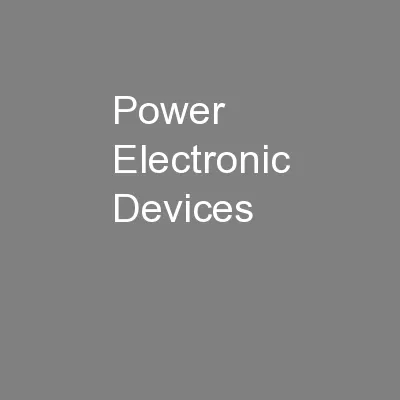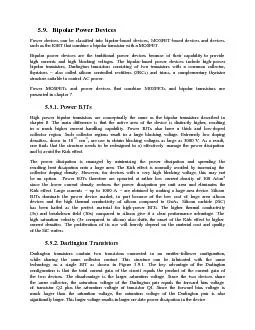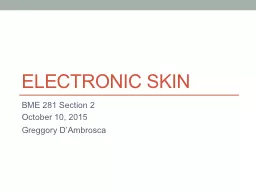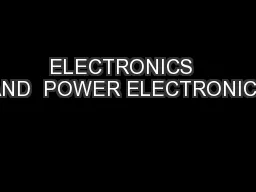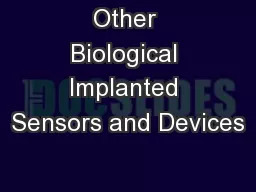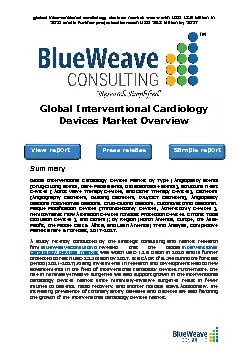PPT-Power Electronic Devices
Author : mitsue-stanley | Published Date : 2016-03-22
Semester 1 Lecturer Javier Sebastián Electrical Energy Conversion and Power Systems Universidad de Oviedo Power Supply Systems Review of the physical principles
Presentation Embed Code
Download Presentation
Download Presentation The PPT/PDF document "Power Electronic Devices" is the property of its rightful owner. Permission is granted to download and print the materials on this website for personal, non-commercial use only, and to display it on your personal computer provided you do not modify the materials and that you retain all copyright notices contained in the materials. By downloading content from our website, you accept the terms of this agreement.
Power Electronic Devices: Transcript
Download Rules Of Document
"Power Electronic Devices"The content belongs to its owner. You may download and print it for personal use, without modification, and keep all copyright notices. By downloading, you agree to these terms.
Related Documents

